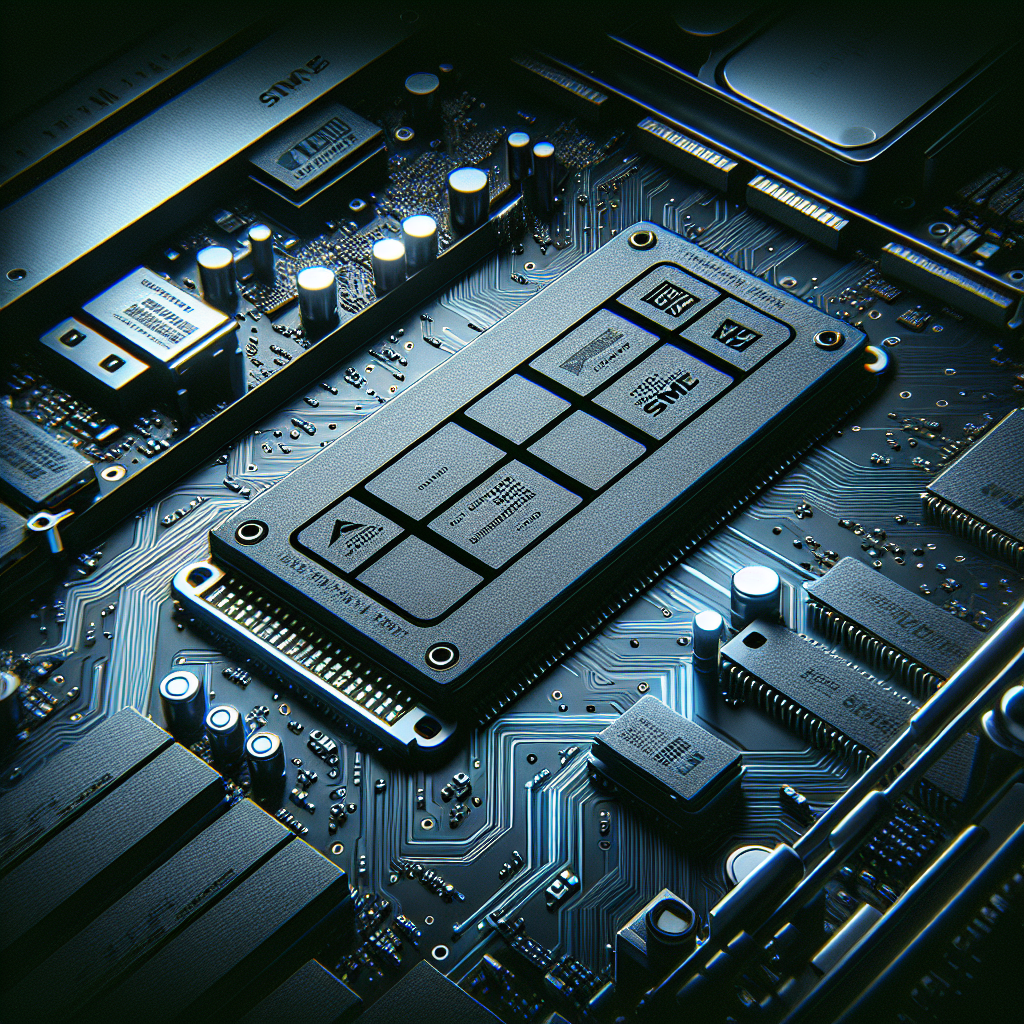In today’s fast-paced digital world, having a high-performance computer is essential for productivity and efficiency. One way to boost your computer’s speed and performance is by installing a 2TB NVMe SSD (Solid State Drive). NVMe SSDs are known for their lightning-fast read and write speeds, making them an ideal choice for users who require fast data transfer and storage capabilities.
If you’re looking to upgrade your computer with a 2TB NVMe SSD, here are some steps on how to install and optimize it for improved performance:
1. Backup Your Data: Before you begin the installation process, it’s important to back up all your important data on an external drive or cloud storage. This will ensure that you don’t lose any valuable information in case something goes wrong during the installation process.
2. Shut Down Your Computer: Make sure to shut down your computer completely before opening the case and installing the NVMe SSD. Unplug all cables and peripherals to avoid any electrical interference.
3. Locate the M.2 Slot: Most modern motherboards come with an M.2 slot specifically designed for NVMe SSDs. Locate the M.2 slot on your motherboard and remove the screw that secures the slot cover.
4. Insert the NVMe SSD: Carefully insert the NVMe SSD into the M.2 slot at a 30-degree angle. Gently push down on the SSD until it is fully seated in the slot. Secure the SSD with the screw that you removed earlier.
5. Close the Case: Once the NVMe SSD is securely installed, close the computer case and reconnect all cables and peripherals. Power on your computer and enter the BIOS settings to ensure that the SSD is detected by the system.
6. Install Operating System and Drivers: If you’re installing the NVMe SSD as a new boot drive, you’ll need to install the operating system on it. You can use a bootable USB drive with the OS installation files to do this. Make sure to also install the necessary drivers for the SSD to work properly.
7. Enable NVMe SSD Optimization: To optimize the performance of your 2TB NVMe SSD, you can enable features like TRIM support, AHCI mode, and Secure Erase. These settings can be accessed in the BIOS or through the operating system’s device manager.
8. Update Firmware and Drivers: It’s important to keep your NVMe SSD’s firmware and drivers up to date to ensure optimal performance and compatibility with the rest of your system. Check the manufacturer’s website regularly for updates and install them as needed.
By following these steps, you can install and optimize a 2TB NVMe SSD for improved computer performance. With faster data transfer speeds and increased storage capacity, you’ll experience a significant boost in productivity and efficiency when using your computer. Upgrade your system today and enjoy a faster and more responsive computing experience.


Leave a Reply